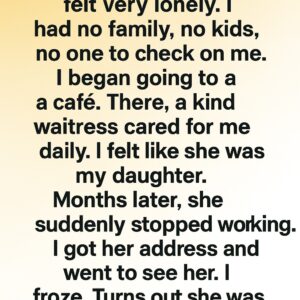In the weeks that followed, Charmouth’s sleepy routines were quietly rearranged around cordons, unmarked vans, and late-night meetings Jonathan was never meant to attend. Officials tried to fold the discovery into tidy phrases—“legacy material,” “contained incident,” “no current threat”—but he’d seen the way the first hazmat tech recoiled, the hurried calls to distant agencies, the way the rainwater around the case filmed over with a rainbow sheen. He knew a near-catastrophe when he watched it breathe.
Yet the town did not become a dateline for disaster; it became a footnote in a classified report and a rumor locals traded in low voices over pints. Jonathan’s drone footage, scrubbed and redacted, still existed as proof that one bored, broke ex-reporter had pointed a lens at the right patch of forgotten earth. His layoff notice yellowed on the fridge, but his inbox filled with cautious inquiries, not about a job, but about a man who’d accidentally found the past’s most dangerous secret—and refused to look away.





